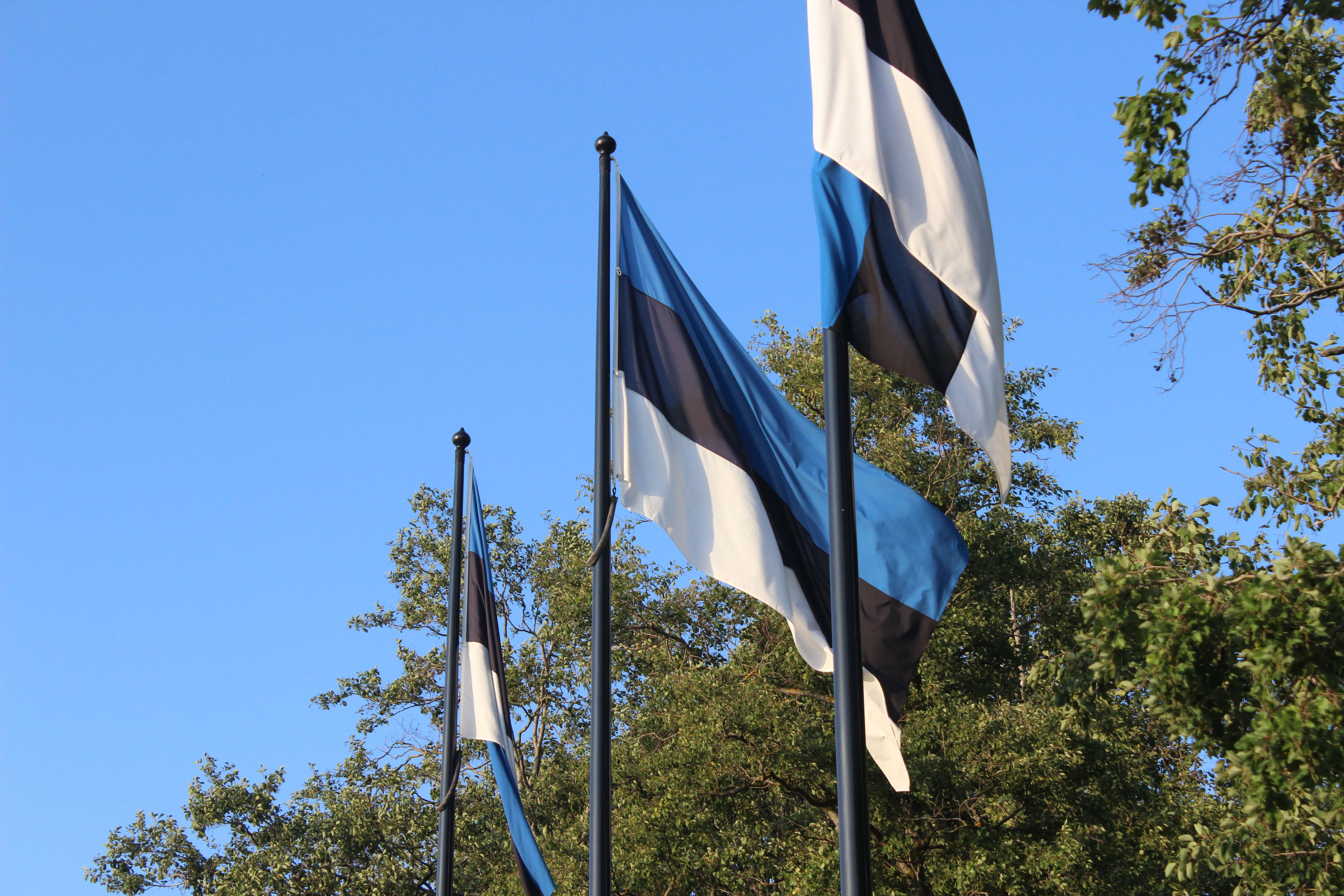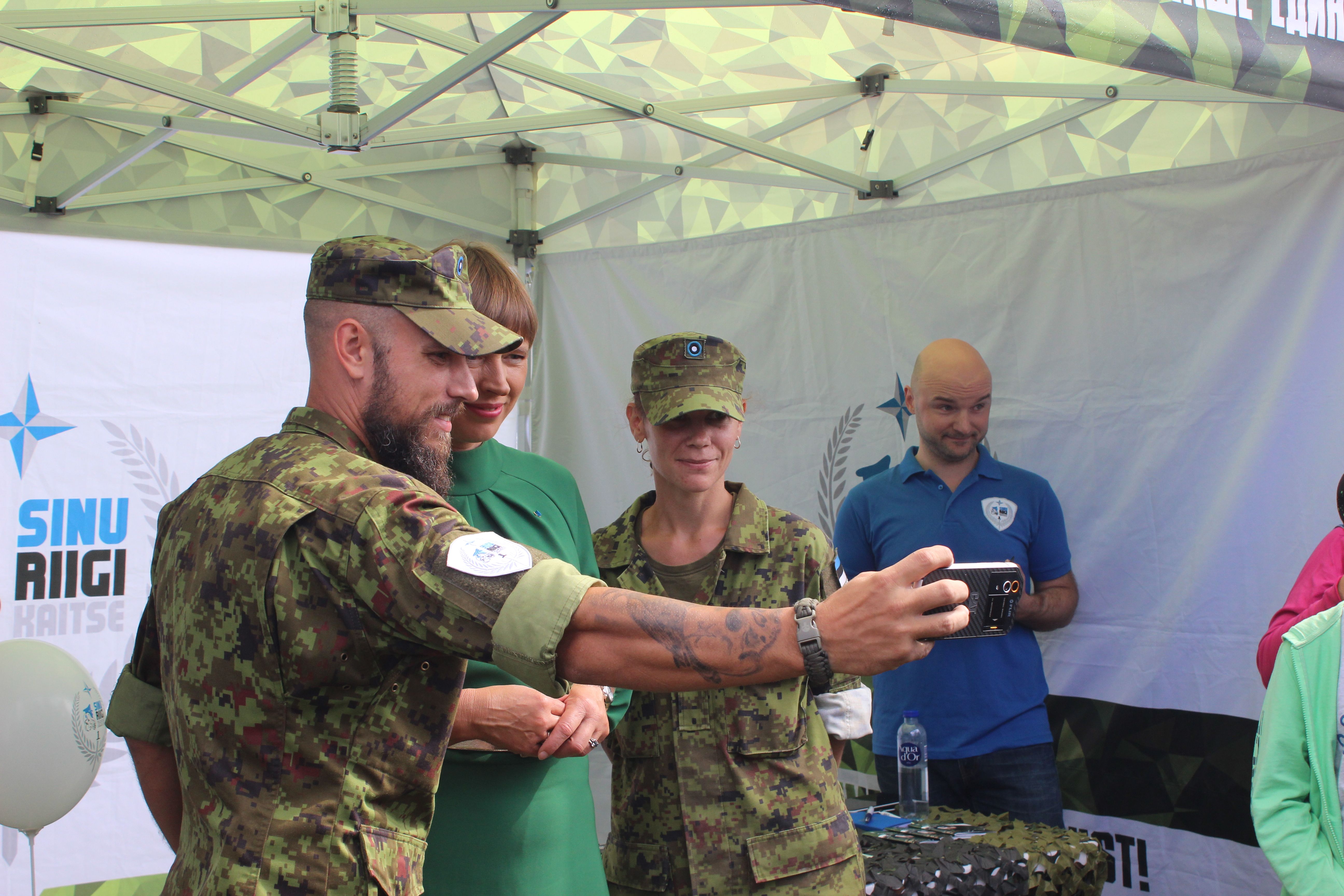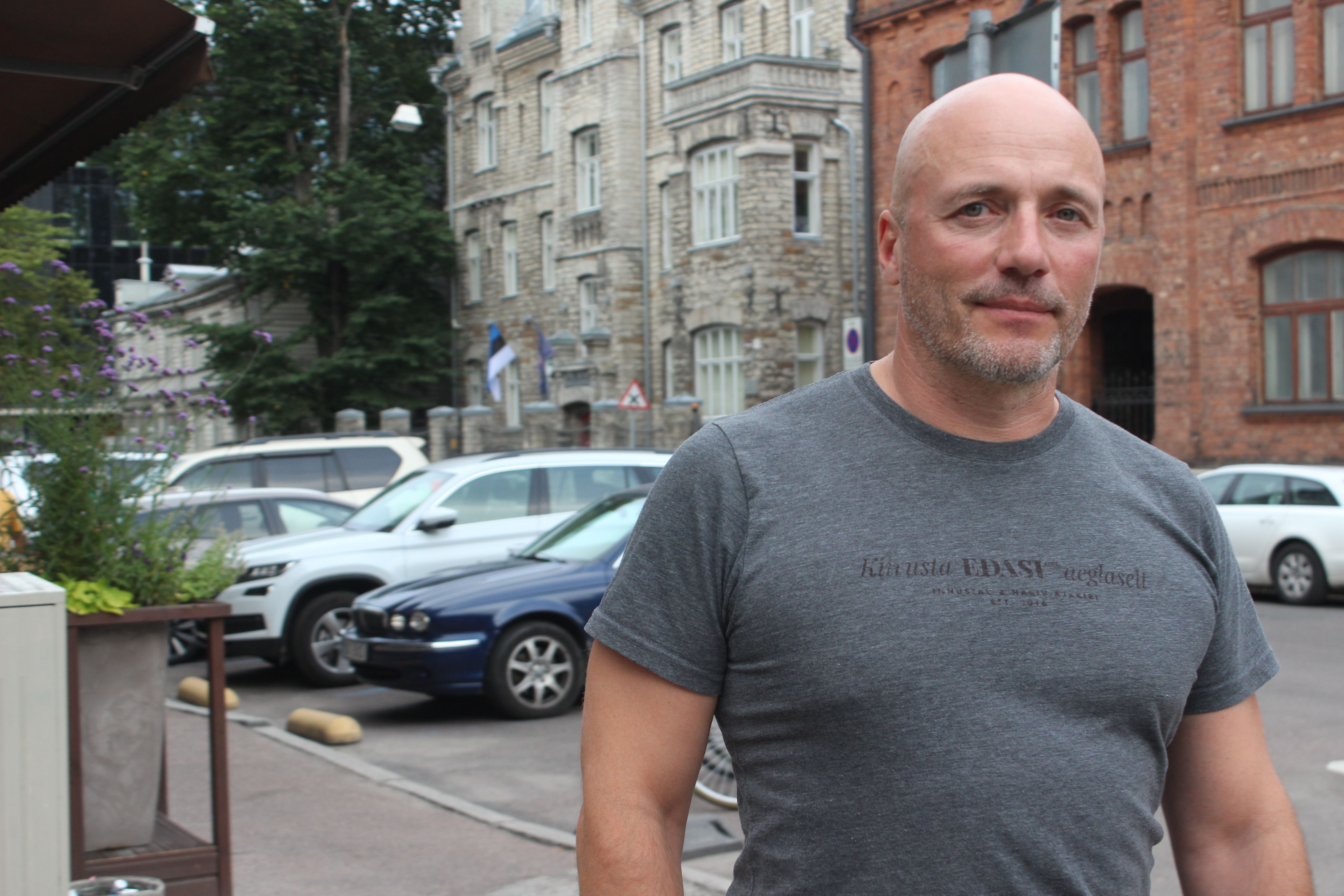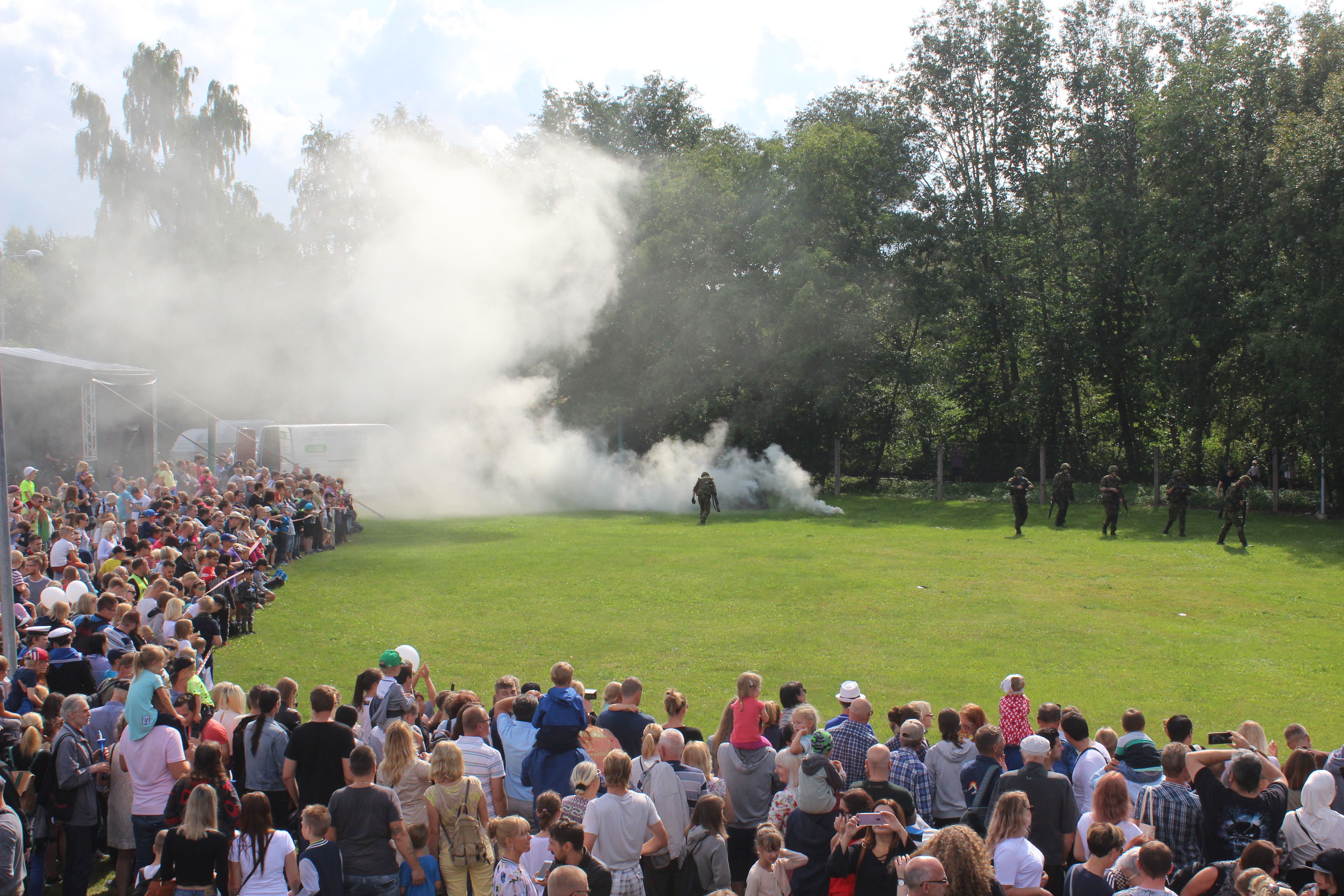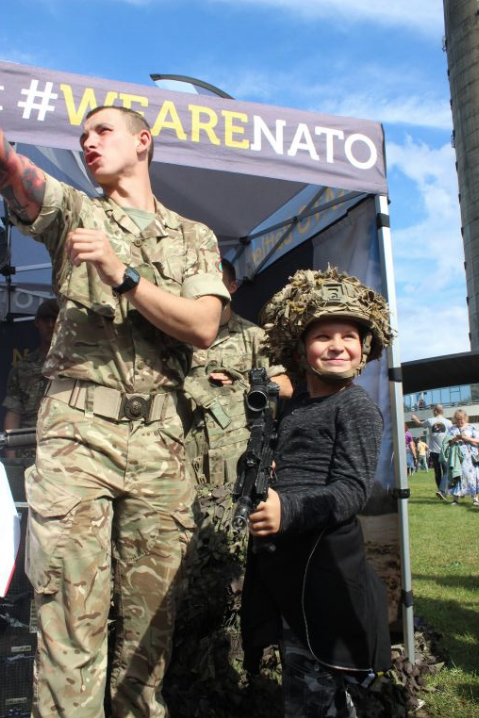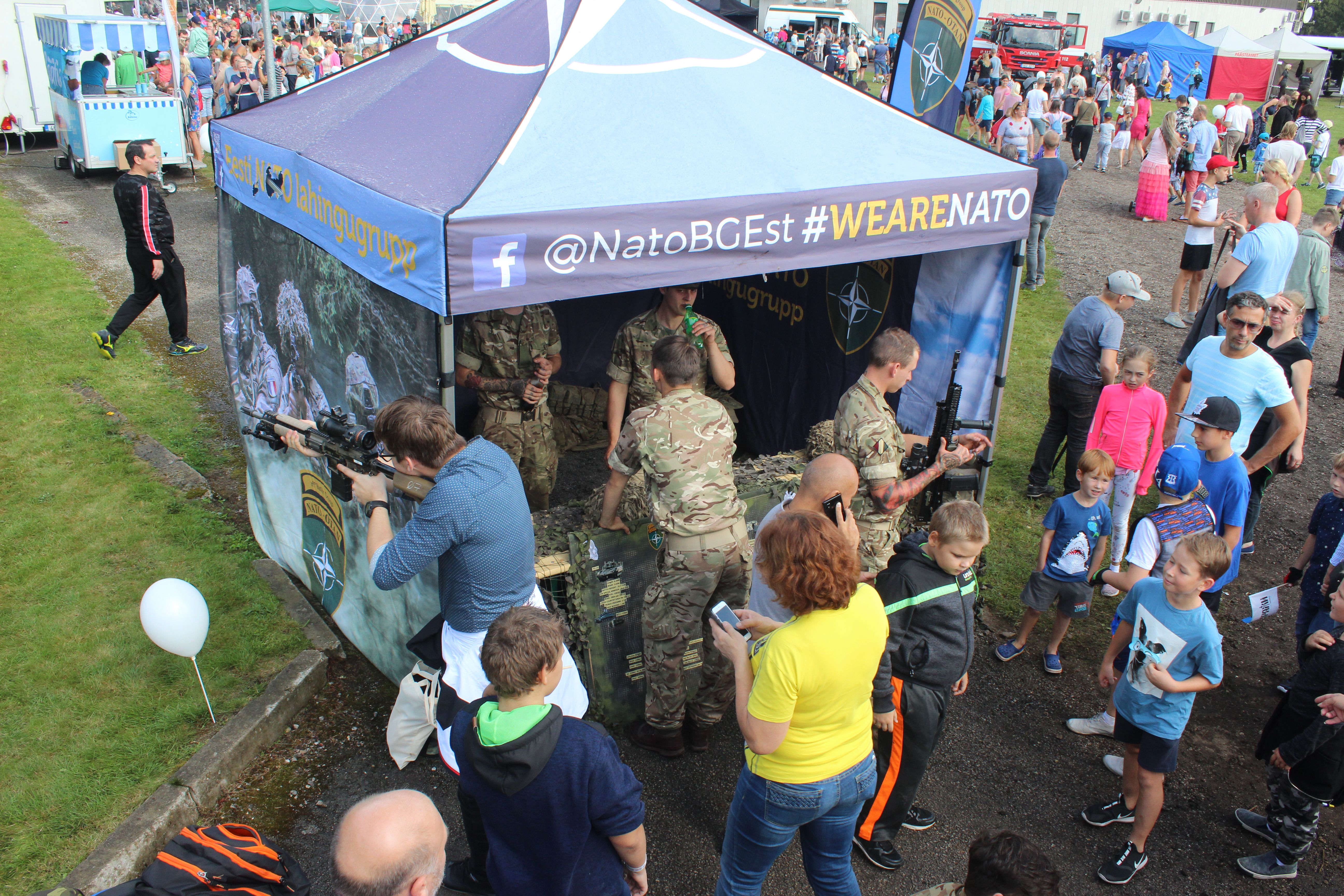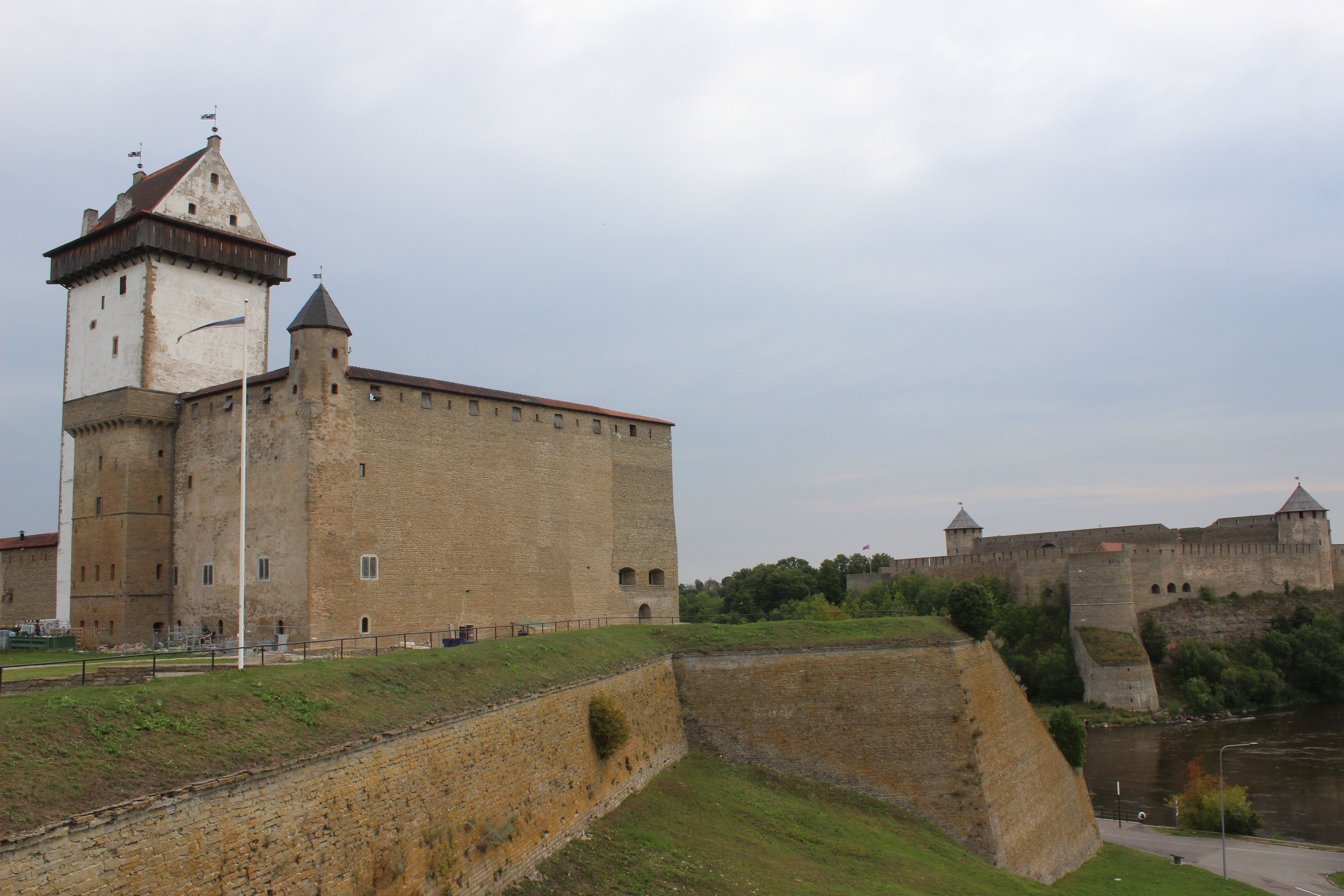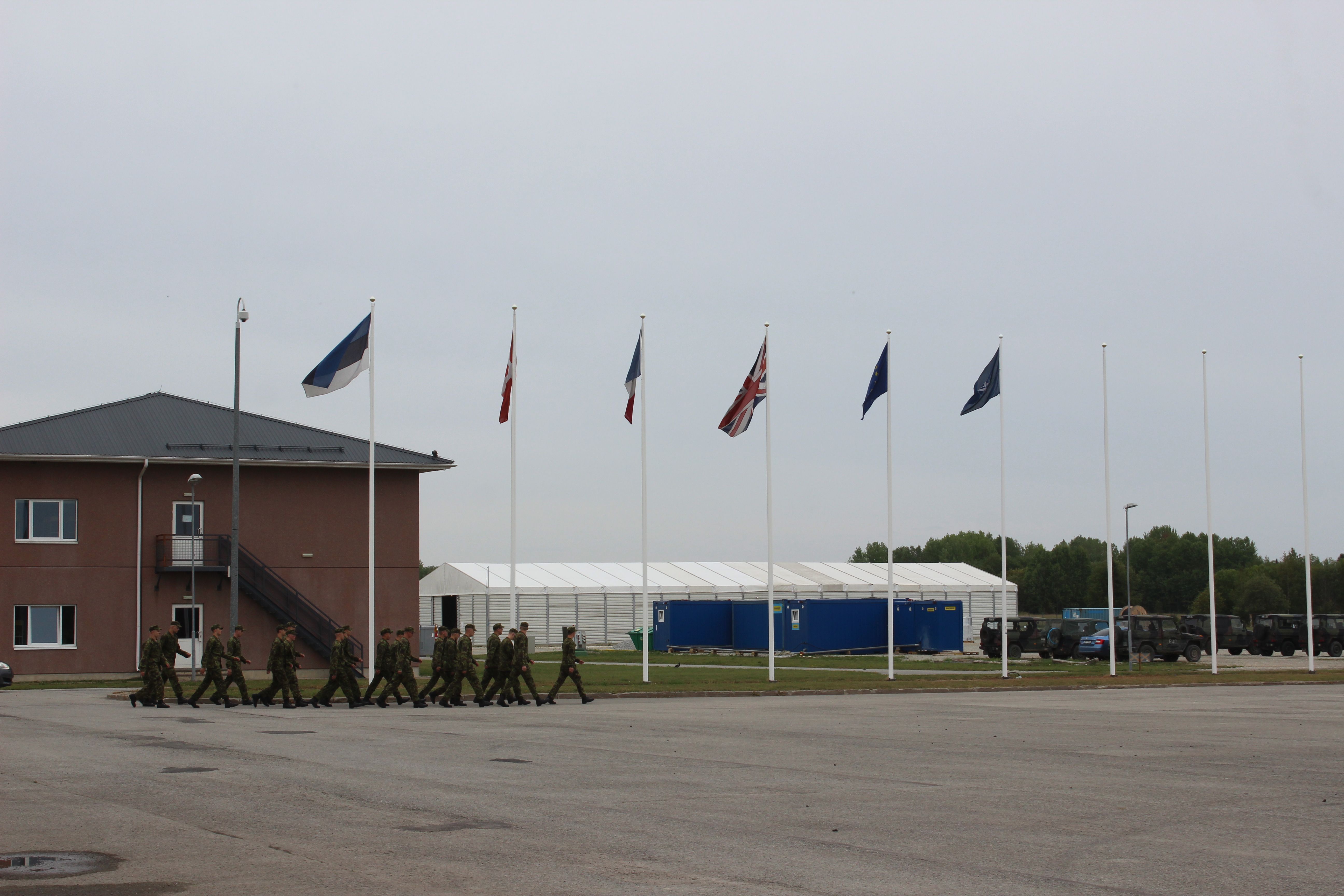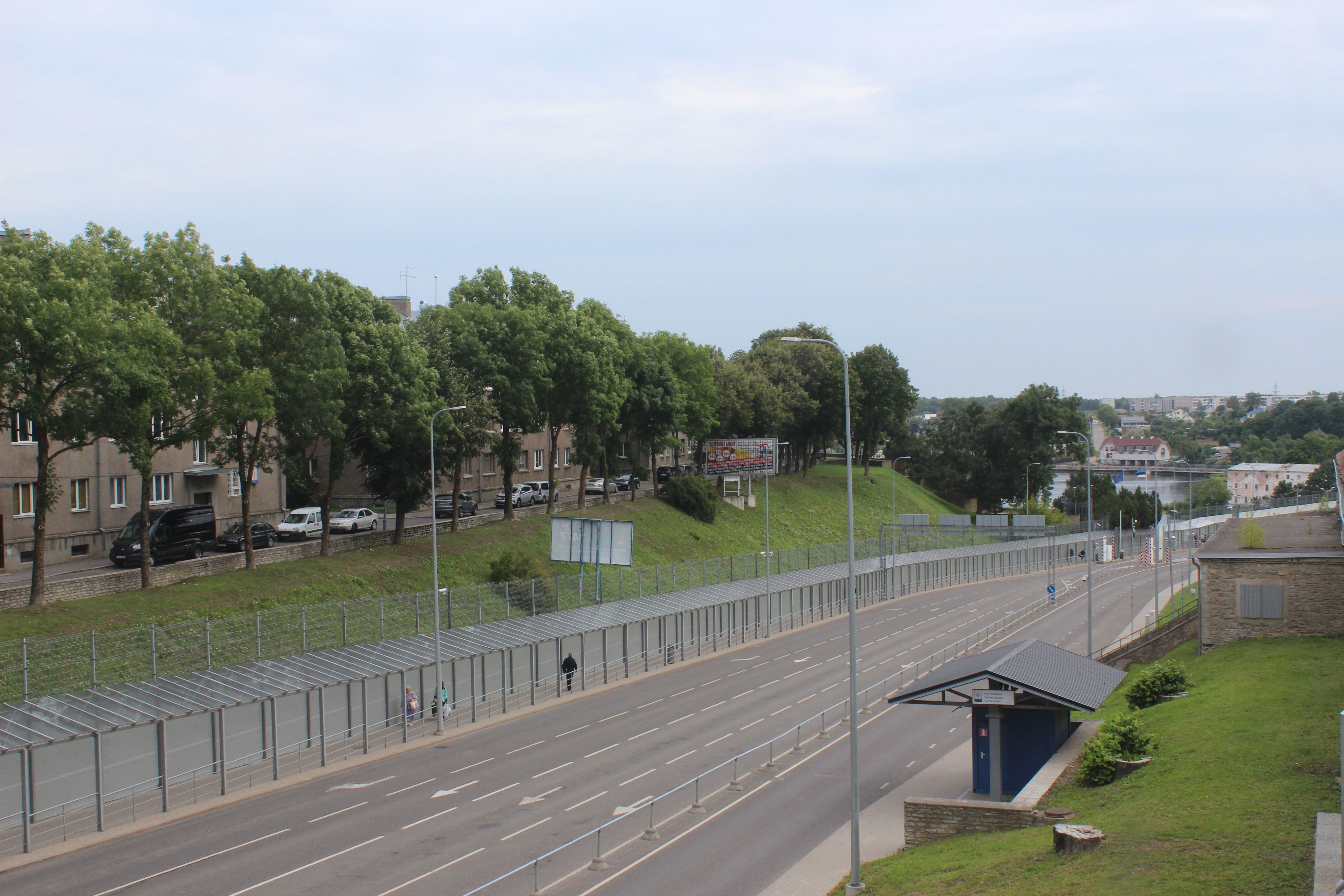TALLINN, Estonia – In August, Estonia celebrated the 28th anniversary of restoring independence from the Soviet Union. On August 20, 1991, the Estonian Supreme Council declared the country’s independence, and by August 25, Estonia had foiled an attempt by Soviet paramilitary groups to take over the country. This started with the failed attempt to take over the TV transmitting tower in Tallinn, an incident that is celebrated on August 20 every year.
Yet the country's almost three-decade-old independence doesn't mean that Estonia, whose population is similar in size to that of Dallas, Texas, is off the Russian hook. With Russia’s increased influence in the region and the unpredictable Trump Administration, Estonia remains in a difficult position vis-a-vis Russia. Estonia is doing enough to deter the Russians from crossing the country’s borders. But the country is afraid to do anything that would provoke the Russians who stand only a two-hour drive away from its capital, Tallinn.
“In 2005, I had a dream that missiles were flying over my head and were coming from the sea to hit Tallinn and I was asking myself if I could do anything to stop this. I woke up and I kept asking myself about this.” By the end of that year, Ilmar Raag, an Estonian from Tallinn, volunteered for the Estonian Defence League. He currently leads the unit mandated to protect vital government buildings in the city center during crisis times.
The Estonian Defence League (EDF) is one of the novel defense strategies that Estonia has developed as part of the country’s total-defense approach; if a war breaks out with its eastern neighbor, Russia, not only NATO and Estonian Defence Forces, but also the EDF would be involved.
The Estonian Defence League operates at a local level but could be integrated into the Estonian Defence Forces if necessary to complement their defensive efforts. Currently, more than two percent of the country’s population (around 26,000 Estonians) are registered there.
What makes EDL different from the Estonian Defence Forces Reserve is that an Estonian would not need to have completed the eight-month conscription or be of a certain age to join the League, Ilmar says. “The most important difference is that EDL volunteers are trained to operate and fight in urban and asymmetric warfare settings and not only in conventional war settings.”
“EDL volunteers can mobilize themselves in less than two hours and can be deployed in less than four if necessary,” Ilmar said, pointing out the high responsiveness that this league can leverage in critical times.
The League does not operate independently but is under the command of the Estonian Army and Estonian police forces in crises. EDL is not allowed to purchase guns and ammunition—such equipment is usually provided by the Estonian government and NATO allies. Some members of the League argue that this is a way to track guns in the country and limit their smuggling to any undesirable groups that might use the guns against the government itself.
Estonia is a nation with a complex history and a challenging situation today given the borders it shares with Russia. The Russian-speaking minority which, according to official numbers, makes up almost 30 percent of the population, Estonia’s membership in the North Atlantic Treaty Alliance (NATO), and the maintaining of in-country multinational NATO combat forces permanently since 2015 are also factors.
Witnessing both the effortless Russian annexation of Crimea in 2014 and the war in Northeast Georgia in 2008 has pushed Estonians to do all they can to develop multiple defense strategies to prevent history from repeating itself in this small country. A study conducted by RAND Corporation, an American think-tank funded by the U.S. government, suggested they could be invaded and isolated by the Russians in a matter of hours.
A report published by the Estonian Ministry of Defense shows that only 46 percent of non-ethnic Estonian residents trust the League—a low percentage if compared to the 87 percent of ethnic-Estonians who trust the League and its leadership. But this is only a small example of the ideological disparity between non-Estonian individuals and Estonians in the Baltic country.
Issues related to confidence in NATO and Estonian membership in NATO also surface in the same report which indicated that only 25 percent of non-Estonians are confident in NATO compared to three-quarters of ethnic-Estonians. The presence of ethnic-Russians in Estonia has long been considered a timebomb and a card that Russia’s Vladimir Putin can always play if he feels like restoring a pro-Russian government in the neighboring country is necessary.
In the weeks and months following the annexation of Crimea in 2014, a fleet of western reporters came to Estonia and flooded a town called Narva, which is located on the Estonian border with Russia. They speculated whether Narva would be the next Crimea—given that the city’s population is almost entirely Russian.
Narva is a post-industrial city where enormous factories shut down and people lost their jobs following the collapse of the Soviet Union. This brought a lot of attention to this forgotten town and prompted the Estonian government to take steps to reach out to the Russians in the country.
When I visited Narva I saw a town with dozens of Soviet-style buildings that were built to accommodate the Russians who were brought over to work in gigantic factories. Everyone was speaking Russian—nothing would remind you that you are still in a European country other than the Estonian flags and Estonian-written signs that most of the city’s residents cannot read.
One of the outreach initiatives by the Estonian government was setting up a Russian-speaking TV and Radio network called ETV+, run by the National Estonian broadcast network, ETV. Until 2015, the Russian-speaking population in Estonia received the news only from Russian news networks such as Russia One and other local Russian local networks whose transmission could be received in neighboring countries. These channels usually aired negative news about the EU and NATO. They sometimes took events out of context, portraying the Baltic countries and other EU countries as chaotic and unsuccessful.
Sergei Stepanov, a native of Narva who works in news production at ETV+, says the network has provided an alternative to Russian-based broadcast networks. But the young channel’s budget is still considered very modest when compared to that of channels like Russia One. But Stepanov sees that Narva has received tremendous attention since 2014, showing that the Estonians are trying to mitigate their negligence of the city and other towns in Eastern Estonia where the majority of the population speaks Russian and feels disenfranchised.
Many ethnic-Russians still feel quite disadvantaged despite the country’s efforts to reach out to the Russian community by offering free Estonian language courses to accelerate their integration in the country. Yuri Radionova, 41 and ethnic-Russian, says Russians feel that their status has declined ever since Estonia gained independence. Radionova, despite being an Estonian citizen, still feels unwelcome in the country that is trying to Estonize the country in every aspect to restore an identity that was marginalized for over half a century. But Radinova is one of many ehnic-Russian Estonian that feel discontent with the “Estonization” process that the nation has been undergoing since 1991.
But “Estonizing” Estonia seems more understandable when the history of the country and the small number of ethnic-Estonians who are left are taken into consideration. This has been the country’s only chance to bring back its identity, language, and culture that were oppressed for decades.
Officials from the EDL and the Estonian Defense Ministry, when asked if they feel that the status of the Russian minority in the country is worrisome, say the Russian-speaking minority in Estonia would not want to be involved in anything similar to what happened in Crimea in 2014 or Georgia in 2008.
Yet, this seeming trust never stopped the country from hosting hundreds of British and French soldiers at its military base in Tapa. Also, the country’s Ämari air base serves as one of the two main air bases used by NATO for the Baltic Air Policing Mission. This mission was initiated more than a decade ago to ensure constant surveillance of the Baltic airspace that would not allow the Russians to provide air cover for any attempt to march into these countries.
Even still, some Estonian officials at the Estonian Ministry of Defense have expressed their desire to host American troops in the country as a way to foster their posture against the Russians. Liis Mure, who directs the NATO and EU Department at the Ministry of Defense, said Russia would be even less reluctant to engage in any activity in the country if the Americans had boots on the ground.
Sven Sakkov, who manages the International Center for Defense and Security in Tallinn, says that the quality of living in Estonia is still better than that of Russia even in places where the economy is not as good as in Tallinn. “Russians in Narva who cross the borders every day to buy cigarettes and gas from Russia and come back get to experience Russia first-hand and see what it means to be a citizen in Russia,” he says, pointing out the quality of living disparity between Russia and Estonia.
Compulsory conscription in Estonia has also been considered a way to mend the gap between Estonian and ethnic-Russians. The commander of Estonia’s main infantry brigade, the 1st Brigade, said that ethnic-Russians who go through training at his brigade during conscription are treated like Estonians and are reminded that Estonia is their country—just as it is the country of ethnic-Estonians.
The country’s membership in NATO is considered to be Estonia’s strongest strategy to deter any shady Russian activity. Estonians who were interviewed are confident that the U.S. would get involved if the Russian government attempts to repeat the Crimea-scenario.
It seems that Estonia is somewhat vigilant, and that the government is aware that things could go wrong very fast if Estonia loosens its defense capabilities. But whether that will be enough to stop President Putin from expanding westwards as the U.S. global influence shrinks and EU-U.S. relations worsen is a question that only time can answer.
